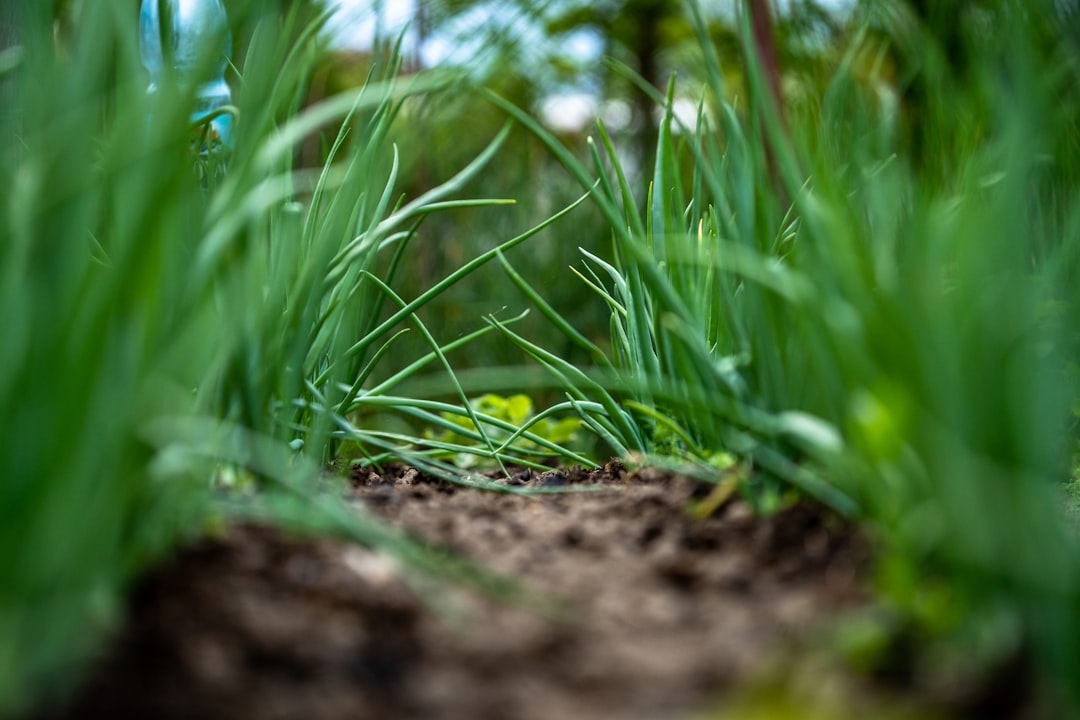What is it about?
The biomimetic synthetic phospholipid polymer containing a phosphorylcholine group, 2-methacryloyloxyethyl phosphorylcholine (MPC), has improved the surface property of biomaterials. Both hydrophilic and anti-biofouling surfaces were prepared on polydimethylsiloxane (PDMS) with MPC grafted by surface-initiated photo-induced radical polymerization. Benzophenone was used as the photoinitiator. The quantity of the adsorbed initiator on PDMS was determined by UV absorption and ellipsometry. The poly(MPC)-grafted PDMS surfaces were characterized by XPS, ATR-FTIR and static water contact angle (SCA) measurements. The SCA on PDMS decreased from 115° to 25° after the poly(MPC) grafting. The in vitro single protein adsorption on the poly(MPC)-grafted PDMS decreased 50–75% compared to the unmodified PDMS. The surface friction of the poly(MPC)-grafted PDMS was lower than the unmodified PDMS under wet conditions. The oxygen permeability of the poly(MPC)-grafted PDMS was as high as the unmodified PDMS. The tensile property of PDMS was maintained at about 90% of the ultimate stress and strain after the poly(MPC) grafting. The surface-modified PDMS is expected to be a novel medical elastomer which possesses an excellent surface hydrophilicity, anti-biofouling property, oxygen permeability and tensile property.
Featured Image
Read the Original
This page is a summary of: Biomimetic phosphorylcholine polymer grafting from polydimethylsiloxane surface using photo-induced polymerization, Biomaterials, October 2006, Elsevier,
DOI: 10.1016/j.biomaterials.2006.05.046.
You can read the full text:
Contributors
The following have contributed to this page










